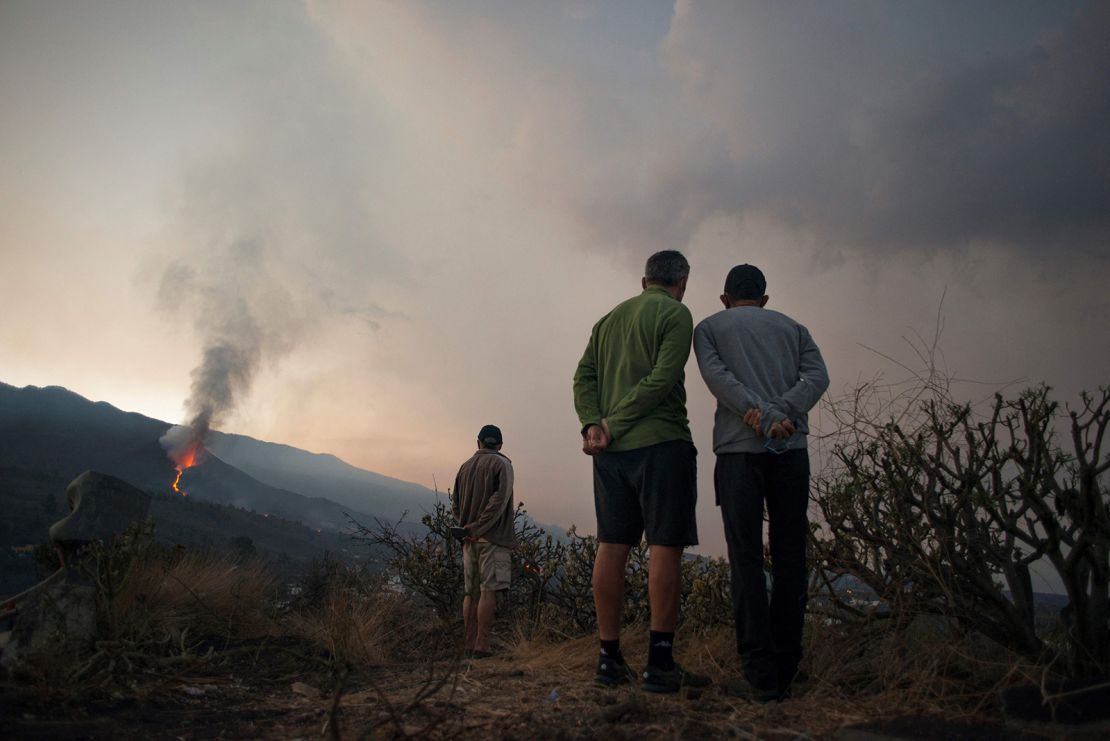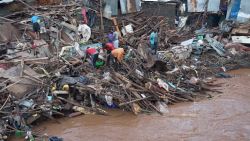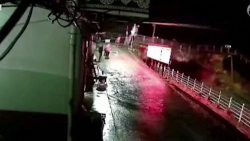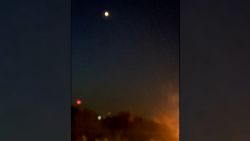Blocks of molten lava as large as three-story buildings rolled down a hillside on the Spanish island of La Palma while a series of tremors shook the ground on Sunday three weeks after the volcanic eruption.
There were 21 seismic movements on Sunday, with the largest measuring 3.8, the Spanish National Geological Institute (ING) said, shaking the ground in the villages of Mazo, Fuencaliente and El Paso.
The blocks of red-hot magma flowed down the side of the Cumbre Vieja volcano were the size of three-story buildings, the Spanish Institute of Geology and Mining said on Sunday.
There was a partial cone collapse near the volcano’s emission vent on Saturday, Stavros Meletlidis, a spokesman for ING told Reuters.
“The collapse of the northern flank of the Cumbre Vieja volcano has caused the release of large blocks of material and the appearance of new flows that run through areas already evacuated,” tweeted Spain’s National Security Department.
“The lava has reached the Camino de la Gata industrial estate and new buildings.”


Rivers of lava have destroyed 1,186 buildings since the eruption on Sept. 19, the Canary Islands Volcanic Institute said.
Lava has engulfed 493 hectares (1,218 acres) of land, said Miguel Ángel Morcuende, technical director of the Canary Islands Volcanic Emergency Plan (Pevolca) organization.
About 6,000 people have been evacuated from their homes on La Palma, which has about 83,000 inhabitants.
Lightning was seen near the eruption early on Saturday. A study published in 2016 by the journal Geophysical Research Letters found lightning can be produced during volcanic eruptions because the collision of ash particles creates an electrical charge.




















